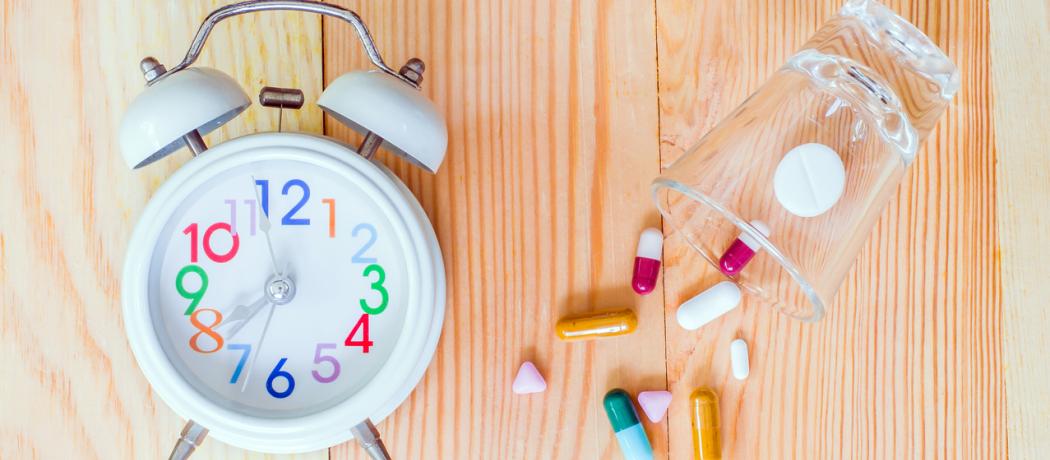Since the early 1990s we have shaped our medical practices in various ways, such as with evidence-based medicine, translational medicine, narrative medicine, evolutionary medicine, personalized medicine, and precision medicine. Now there is an emerging subset of the personalized and precision approaches on the horizon: chronomedicine. This medical practice recognizes that there are optimal times and less than optimal or even hazardous times for certain medical interventions.
The 2017 Nobel Prize in Physiology and Medicine was awarded to three circadian rhythm researchers who discovered a “clock” protein that, like a clock, builds up in cells at certain times of the day, as at night, and breaks down at other time periods, as in the daytime. In nocturnal creatures, like mice, the timing of the build ups and break downs are reversed. An example of the clock process in a mice-based research project showed that when a large dose of acetaminophen was administered to mice in the morning, nothing untoward happened. When the same dose of the medicine was given in the evening, “the liver is kaput,” as pharmacologist Robert Dallman of the University of Warwick in England put it.
I have to admit that I have no understanding of the current concepts of genetically driven molecular chemistry, physics, clock proteins, feedback loops, transcription factors, RNA codes, expressions of various enzymes, or the movements of oxygen molecules, protons, and electrons, that alter acetaminophen’s safe molecular structure into a poisonous one.
The future implications of this complex cellular rhythmic process in the timing of medication administration are inescapable for the daily practice of medicine. Already, administration of certain chemotherapies is organized around timelines that recognize the potential interaction of the medication with liver enzymes under circadian control. There are some indications that, for example, some inflammatory and autoimmune diseases respond well to appropriately timed treatments.
Although researchers recognize now that the body runs on a timetable, it is understandable why chronopharmacology and chronomedicine is not more widely practised yet. To start with, translation of research findings into practice is complicated by individual variations in the optimum dosing times. Perhaps there are differences in age groups, or even between men and women. Also, drug companies may need to test many of their products to see what times are optimal for all the potential variations to be considered. With all these uncertainties in place, the basic concepts of time-based therapeutic practices are just now being introduced in medical school curricula. Notwithstanding all the complications, I can already visualize the time when in addition to showing our medical insurance number at our doctor’s appointment, we will also present our important personal chrono-time card.
—George Szasz, CM, MD
Suggested reading
Dallmann R, Brown SA, Gachon F. Chronopharmacology: New insights and therapeutic implications. Annu Rev Pharmacol Toxicol 2014;54:339-361.
Greenwood V. The clocks within our cells. Sci Am 2018;319:50-57.
This posting has not been peer reviewed by the BCMJ Editorial Board.

